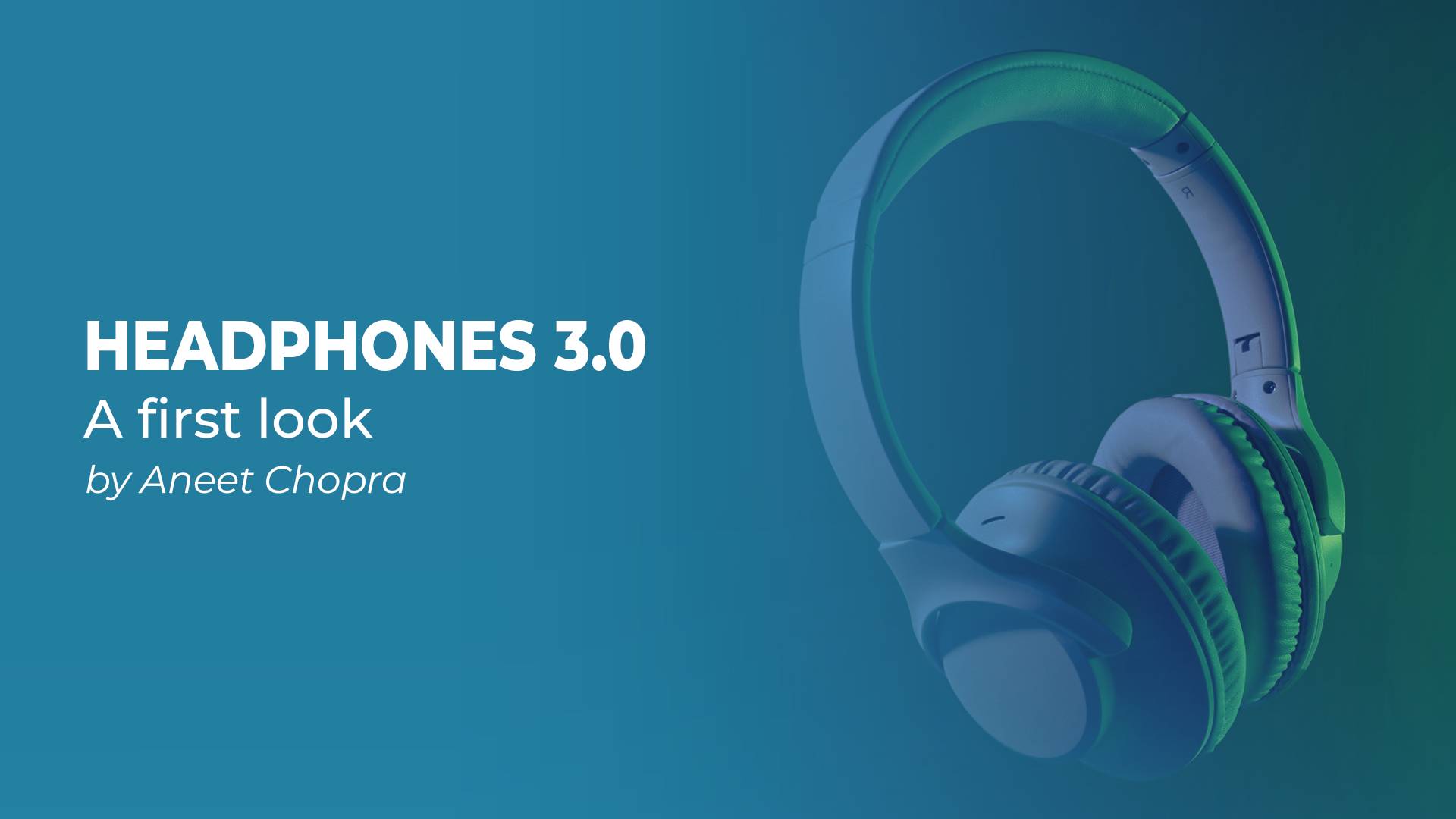 In the rapidly evolving world of consumer electronics, the ability to anticipate and adapt to changing consumer demands is a significant and ongoing challenge for manufacturers. It’s often a catalyst for innovation, highlighting the need for agility and flexibility when it comes to new product offerings.
In the rapidly evolving world of consumer electronics, the ability to anticipate and adapt to changing consumer demands is a significant and ongoing challenge for manufacturers. It’s often a catalyst for innovation, highlighting the need for agility and flexibility when it comes to new product offerings.
At the same time, those changing demands prevent manufacturers from putting all their eggs into one basket. With finite resources, time, and expertise, the components that deliver on customer expectations need to be able to cover multiple bases.
That doesn’t just go for functionality, but for design and development phases, too. It can be incredibly difficult to reconfigure something built in hardware, for example – while a revolving door of different components can massively inflate both time-to-market and opportunity cost. You can’t go back to the drawing board for every shortcoming.
What manufacturers really need is versatile chip designs – not just static in their capabilities, but also capable of growing and adapting over time. Fortunately, we’re starting to see such components enter major markets – with a particular view towards the consumer electronics space.
How versatile chip design is changing the sound industry: an introduction to Headphones 3.0
Let’s take headphones as a simple example. When developing products for market, designers and engineers run into predictable and frustrating issues.
Conventionally, such wireless devices are hard configured at the point of manufacture, meaning they’ve got very little capacity to adapt to the user. Both latency and audio quality, meanwhile, are limited – mostly by the standards of Bluetooth Classic.
In short, the device is at risk of not being up to standard – and the consumer has little opportunity to change that.
By contrast, this year has seen the emergence of Headphones 3.0: a concept that was birthed as a result of the development of a wireless dongle that enables high-resolution, uncompressed audio streaming from PCs to headsets.
Headphones 3.0 employs Bluetooth low energy and Ultra-Wideband technologies to ensure sub-5ms latency, delivering superior audio quality. The most important aspect of this innovation lies in its support for downloadable plugins, transforming headphones into highly customisable devices.
Importantly, users can enhance their listening experience by adding new features or adjusting existing ones through software updates, without the need for physical modifications to the hardware. This is a significant leap towards creating “appable” headphones, a first of their kind, with downloadable plugins enabling consumers to tweak the capabilities of their headphones in the same way that one would choose an app on their phone.
This advancement highlights the potential of flexible chip designs, specifically with the use of XMOS’s xcore®.ai platform, which enables products such as headphones to become more than just audio playback devices; they become a platform for a wide range of applications that cater to diverse user needs, from audiophiles seeking the highest sound fidelity to gamers requiring low-latency audio for an immersive experience.
This shift towards software-configurable chips not only increases customer satisfaction but also simplifies the manufacturing process, as a single hardware design can cater to diverse market demands. This evolution is part of a broader trend towards adaptable technology in consumer electronics. The evolution of devices like Headphones 3.0 incorporates user insights into product development, allowing for a more responsive and dynamic approach to innovation.
The impact on product design and manufacturing
The introduction of “appable” headphones showcases the transformative potential of versatile chip design. Accommodating downloadable plugins allows for a highly personalised audio experience, directly reflecting the shift towards adaptability in technology.
This advancement not only enhances user engagement by offering tailored features but also streamlines the manufacturing process by offering manufacturers and engineers new, convenient, fast, and creative ways to develop innovative and complex products.
Not only does flexible hardware make things easier for manufacturers, but the corresponding features set passes that benefit on to the user. A singular, adaptable hardware design can now easily meet a wide range of consumer demands – futureproofing the industry against rapid change.
Looking ahead, Headphones 3.0 will be the first of many examples of product designs that are evolving with consumer needs. Embracing innovations in chip and device design, and committing to higher performance standards (as with UWB and BLE), is crucial for manufacturers aiming to stay competitive and ahead of the game, and ensure longevity and relevance in the evolving landscape.
About Aneet Chopra
Technology growth driver and C-Suite/Board Advisor who creates global opportunities through product innovation and execution. Strong track record of strategic, technical, and operational leadership in start-up companies to Fortune 500 organizations. Thought leader with proven foresight that is trusted with billion-dollar P&L’s. Have identified and built numerous “first” of its kind industry products and created new market segments in both B2B and B2C space. Capable of initiating significant change with a focus on outcomes of growth and profitability. Comfortable leading teams of 100+. Entrepreneurial, outcome-driven, global, practical, and passionate. Electrical Engineering MS from UC Davis. Strategy and Finance MBA graduate from The Wharton School.
About XMOS
A deep tech semiconductor company at the leading edge of the intelligent IoT, XMOS’ mission is to change the way systems are deployed on silicon. The company disrupts system-on-chip economics and time to market by enabling embedded software engineers to create custom SoC solutions quickly and easily, simply by loading software onto XMOS’ uniquely flexible and accessible hardware platforms.



